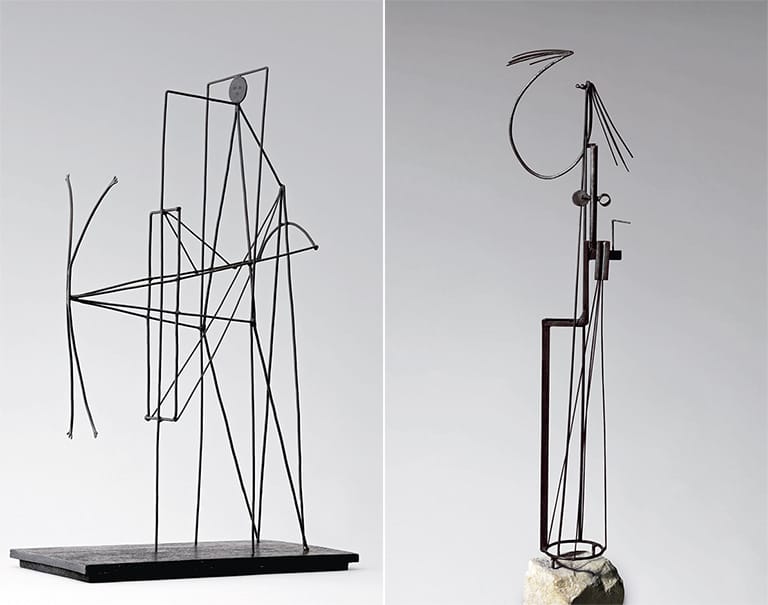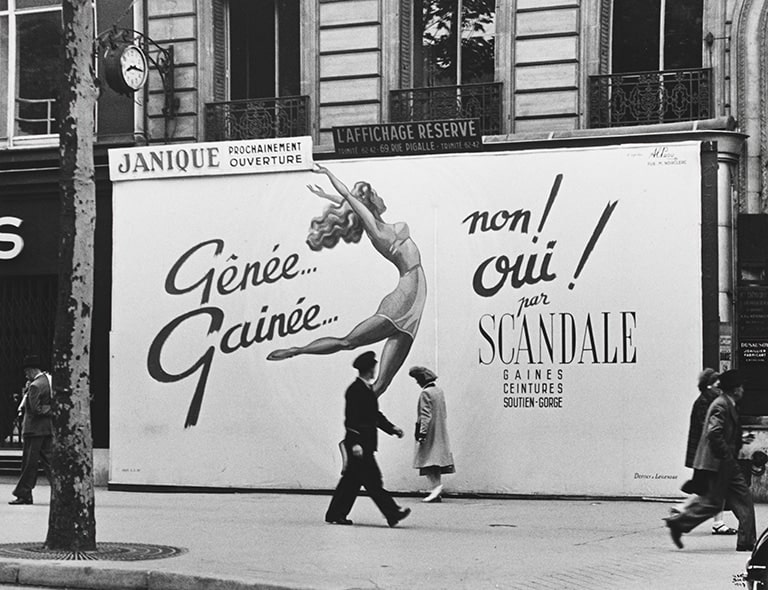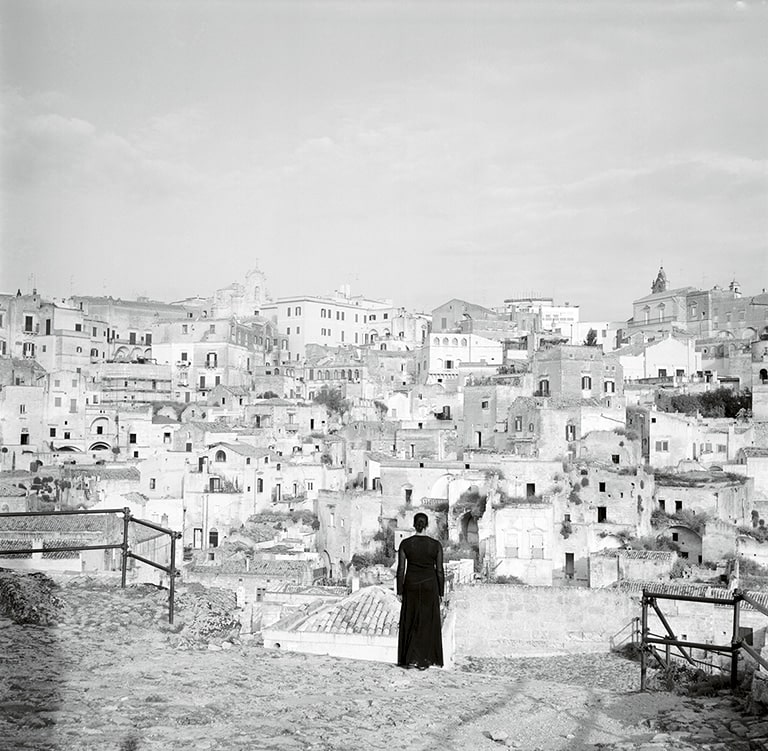Mujer Sentada (Seated woman)

Joan Rebull
Mujer sentada, ca. 1930
© Joan Rebull, Madrid, 2020
© Fundación MAPFRE COLLECTIONS
Technique
Ink on paper
Dimensions
Paper size: 21.5 × 16 cm
Frame size: 48 x 42 x 4 cm
Inventory
FM000318
Description
The career of the sculptor Joan Rebull was prolific in works: many sculptures, reliefs, and drawings completely faithful to a personal diction that wanted to be plastic. In his own words: “In an art form I do not seek the natural truth, but the plastic truth”. This “plastic truth”, promoted by the affirming formal syntheses of pure form and proposed by Rodin’s first disciples, was followed from Catalonia by the sculptors Josep Clará and Enric Casanovas, who, from Paris, sent the formal message that it was the ideal recipient of a “new art”, as new as the century, claimed for Catalonia by the thinker Eugenio d’Ors. The ideal form was the female figure, naked as the new truth that they wanted to show. The model was successful, and the pioneers were followed by generations of young sculptors who nuanced, enriched, and consolidated the art form. Rebull was perhaps the most original. Thus, he surprised when he showed his first consolidated works: heads and torsos of children, his children, with painted eyes. In fact, the eyes, the gaze, received in the sculptor’s work a significant two-fold treatment: living expression of the portrayed character and provocation of a dialogue, the one established between the spectator, attracted by the direct gaze of the work, and the character sculpted or drawn.
Rebull’s drawings were not conceived as a rehearsal prior to the solution of the volume. With respect to the discipline and rigor that the resolution of the latter imposes, the possibility of freeing the hand on a Surface, greatly attracted the artist for whom the work on paper had its natural autonomy, to the point that he even exhibited his drawings, on occasions, independently of his sculptural work.
The theme of this drawing remains within the generic theme of Rebull’s time, culturally marked by the aesthetic assumptions of noucentisme promoted by Eugenio d’Ors. These ideas had in the female figure their generic formulation, which was qualified as the figure of a young and healthy, hard-working woman, discreet and linked to housework, of which she was considered, in the new cultural moment, the symbol and backbone. The young woman, not necessarily beautiful, discreetly dressed and with her hair tied back, works; her dress reports her assignment to the agricultural tradition, as does her position, seated on the peasant chair that allows her to sew, knit, mend or clean vegetables; she wears espadrilles. Now Rebull captures her, the woman seems to stop her work in a reflective pause. At her side, a pitcher, an object of handcrafted nature, an ancient container for holding water, the vital element, the fundamental substance of the conception and maintenance of nature; woman-source of life, water-recipient relationship. The artists’ images remind the woman of her traditional social function as wife and mother. Her figure is an archetype, a vehicle for the ideas set in motion by the cultural direction of noucentisme.
Apart from the generic theme, we can ask ourselves what Rebull brings to this drawing: a clean, sharp, strong stroke, but also a special emphasis on the woman’s gaze: her eyes, perfectly outlined, fix the gaze, and give expression to the face. In contrast to the apparent simplicity of the figure, reduced to a linear, firm line without any description of the surroundings, the eyes have demanded the artist’s full attention. The first work shown by Rebull surprised because of the treatment given to the eyes of his characters -in the sculpted faces of his children, the eyes appeared, as we said, painted-. Throughout his extensive oeuvre, the importance of the gaze remained unchanged.
[Teresa Camps]
ABELLÓ JUANPERE, Juan. Rebull, 1920s and 1930s. Madrid: MNCARS, 2003.
AZCOAGA, Enrique, Josefina Alix, and Jaime Brihuega. Spanish sculpture 1900-1936. Madrid: Ministry of Culture. Directorate General of Fine Arts and Archives, 1983.
BENET, Rafael. Joan Rebull. Barcelona: Edicions de La Mà Trencada, 1931.
CORREDOR-MATHEOS, José. Joan Rebull’s sculpture. Barcelona: Àmbit Serveis Editorials, 1991.
DOÑATE, Merce, and VIDAL, Cecilia, Rebull. Barcelona: Barcelona City Council, 1982.
Joan Rebull. Mollet del Vallès: Joan Abelló Municipal Foundation, 2000.
Joan Rebull, 55 drawings and 5 sculptures. Barcelona: Parés Exhibition Hall, 1985.
Joan Rebull, sculptor, 1899-1981. Barcelona: La Caixa Foundation, 1999.
ROSES, Assumpta. Joan Rebull. Sculptor 1899-1981. Barcelona: La Caixa,
SELVA VIVES, Josep. The sculptor Joan Rebull. Reus: Association of Reus Studies, Edicions Rosa de Reus, 1960.




